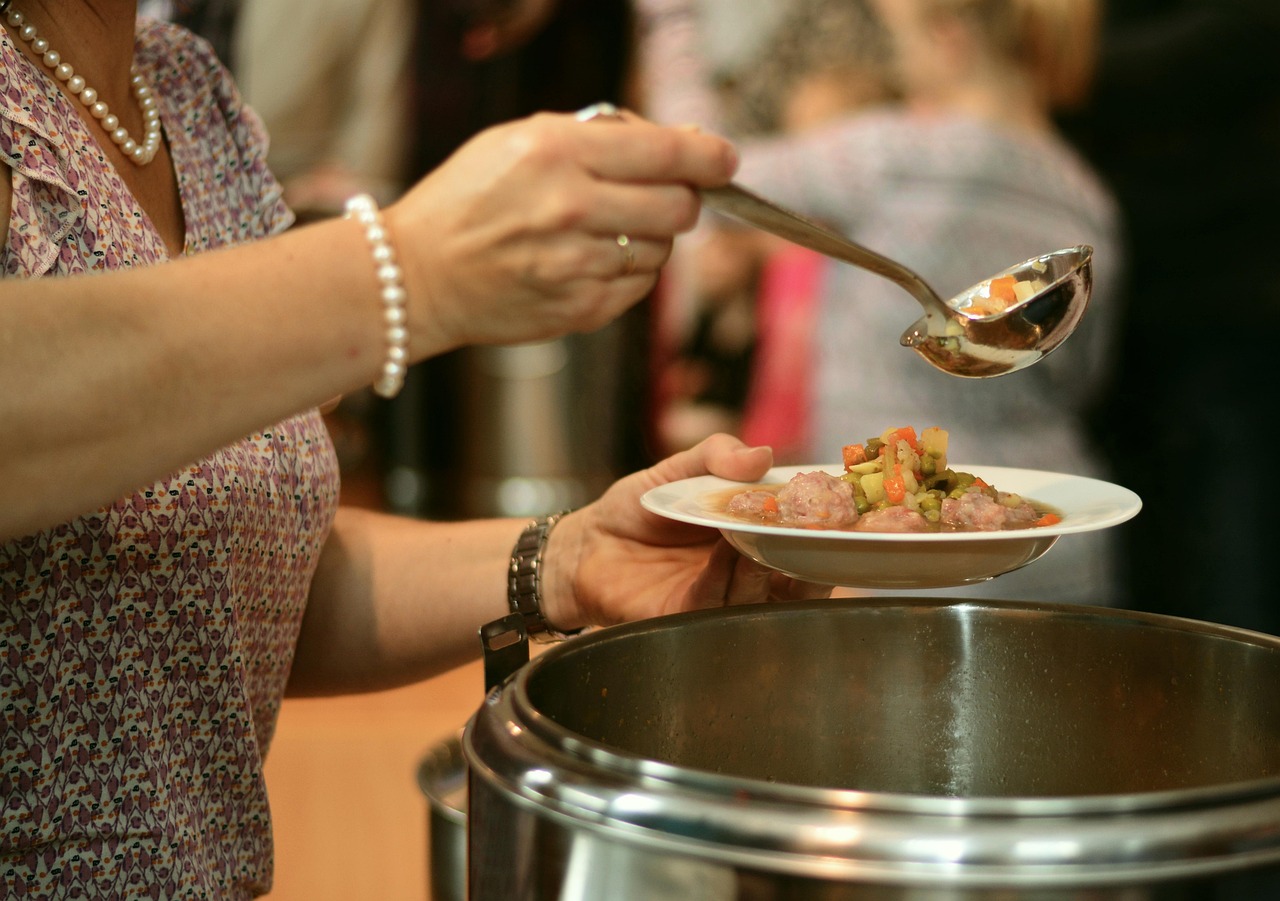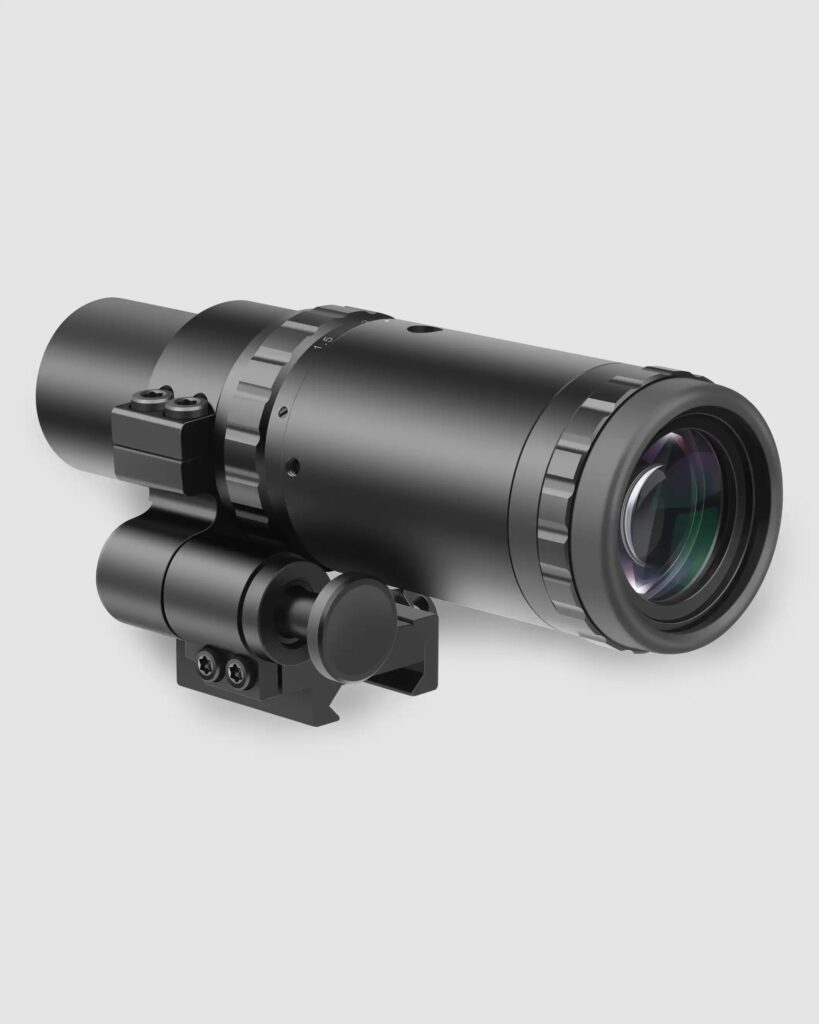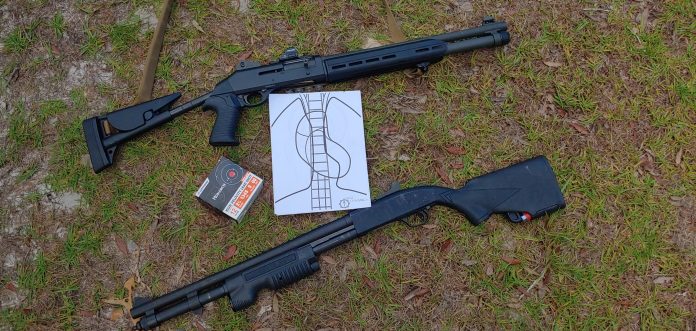In speaking with preppers from around the country over the last decade or so, I’ve found that concerns about feeding their family during a crisis are often where their journey began. That’s where prepping starts, more often than not. Fortunately, we live in an age where we have a number of different options to consider for food storage.
Different Food Storage Options
The best approach for most families will probably be a blend of at least a few of these.
The Basics – Beans and Rice
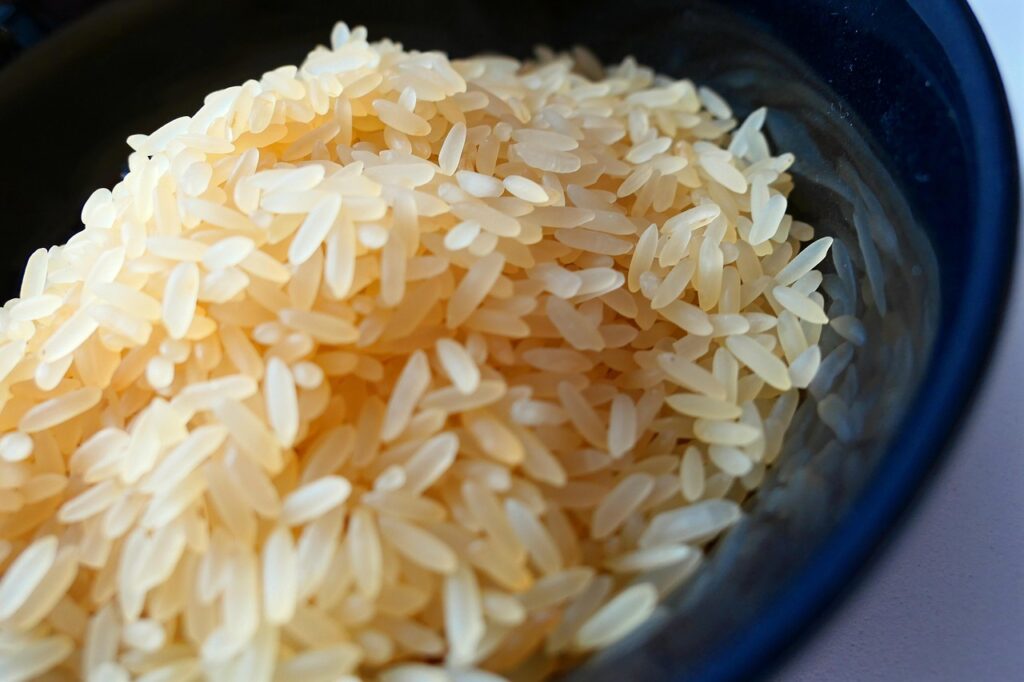
Advertisement — Continue Reading Below
For ages, these staples were the answer for long-term food storage. Rice and beans will stave off the missed meal cramps, no doubt about it. They last a very long time on the shelf, too. Just keep them in a cool, dark, dry location, protected against pests, and you’ll be good to go for many years.
When eaten together, they form a complementary protein. They’re also inexpensive, at least as compared to other options on our list. However, they’re kind of bland, and it might not take long for appetite fatigue to set in.
Pros: cheap, filling
Advertisement — Continue Reading Below
Cons: boring
Grocery Store Vittles

Most families, at least here in the US, utilize some amount of shelf-stable food products purchased from the grocery store. These might include things like various canned goods and/or pouches of meat like chicken, beef, or tuna. They might not all be the most nutritious foods around. But they’ll do the job.
Advertisement — Continue Reading Below
They’re readily available and often require nothing more than heating up before eating. They’re also familiar, so there’s less chance of stomach upset.
Pros: familiar, easy to prepare
Cons: lacking nutrition
Advertisement — Continue Reading Below
Military Rations – MREs
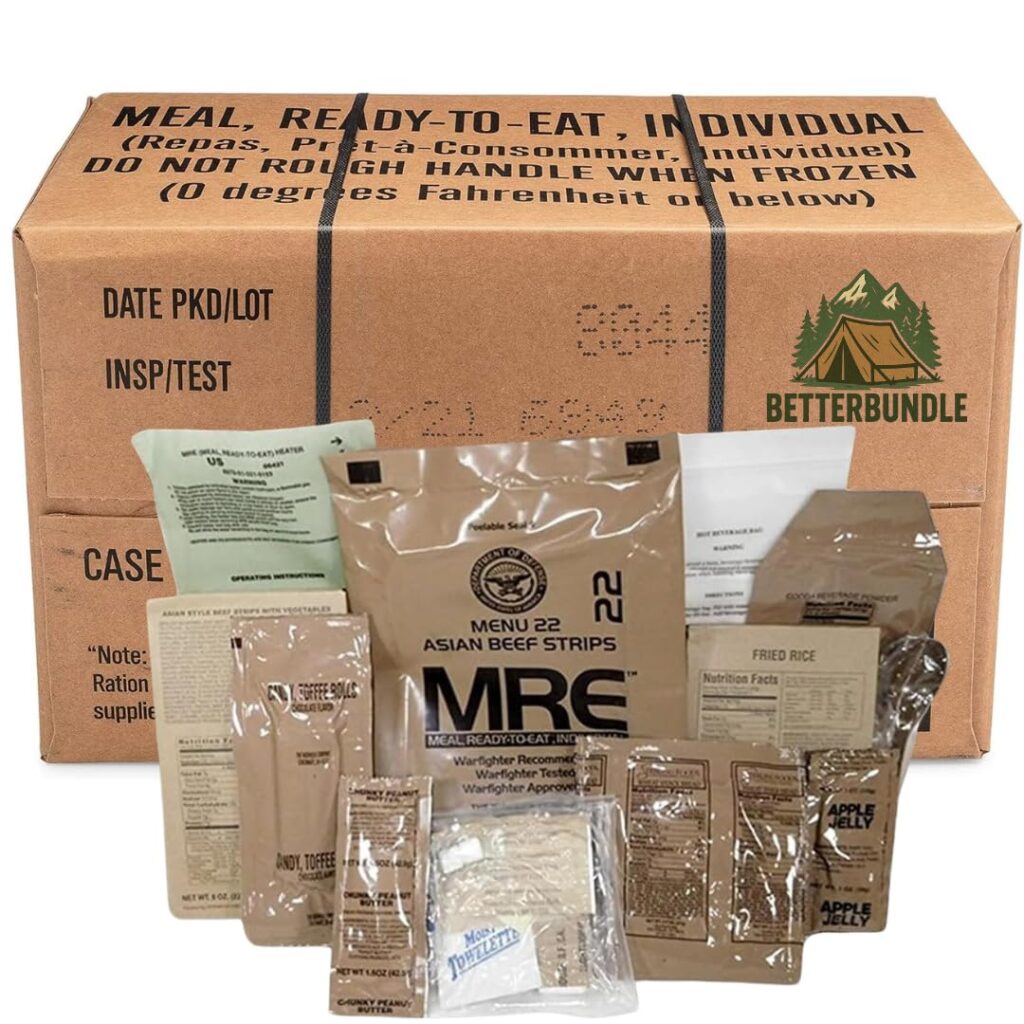
Meals-Ready-to-Eat, called MREs, are a common suggestion in the prepper community. Civilian versions of this military ration are robust, with quite a bit of food contained in a single pouch. Typically, you’ll have an entrée, a side dish, dessert, snack, bread or cracker with some sort of spread, and a beverage mix.
Many varieties are actually pretty tasty, all things considered. The food is fully prepared; all you need to do is warm it up. All of that comes at a cost, though, as MREs aren’t cheap.
Advertisement — Continue Reading Below
Pros: lots of calories, taste is okay
Cons: expensive, bulky, and heavy
Freeze-Dried Fare
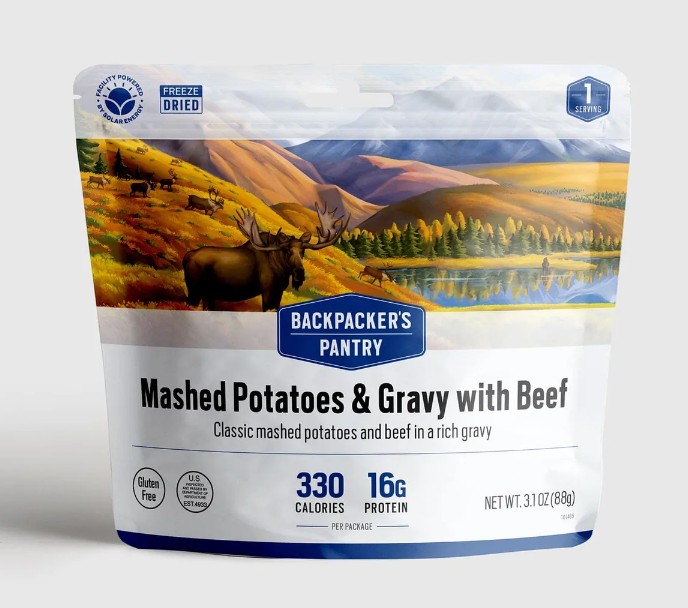
Advertisement — Continue Reading Below
Head into any sporting goods store and you’ll find at least an aisle or two devoted to freeze-dried foods. They’re great for camping as they’re lightweight and require nothing but hot water to prepare. Once reconstituted, the food looks and tastes very close to how it did before it was processed. It’s easy to pack a lot of food into a small space. They’re fairly expensive and are sometimes high in sodium.
Pros: tasty, easy to prepare
Cons: not the healthiest option, expensive
Advertisement — Continue Reading Below
Home Preserved
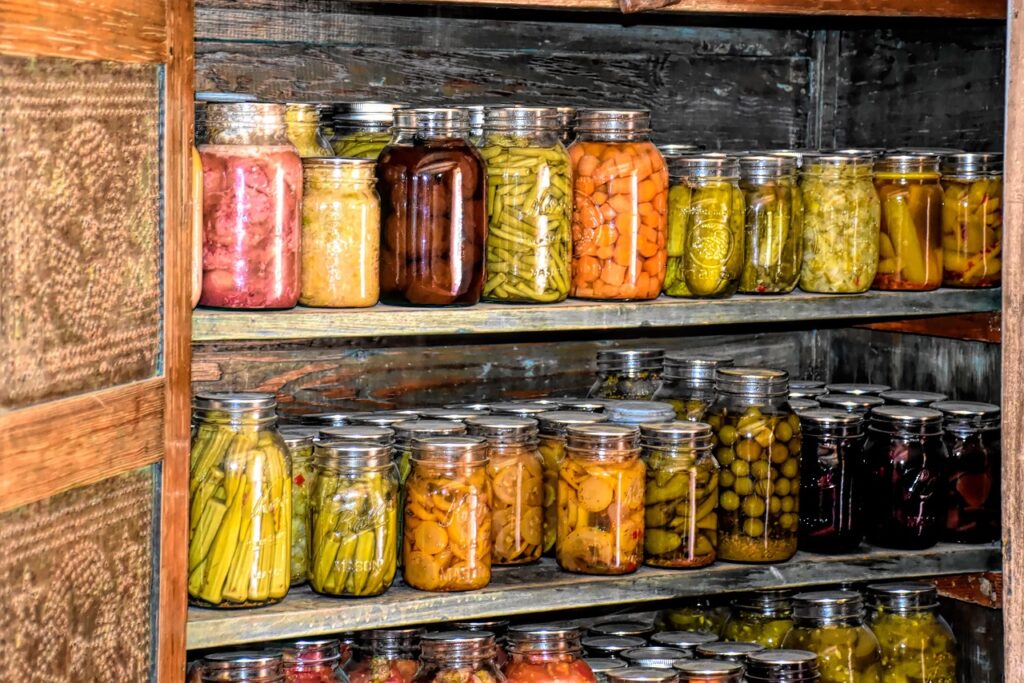
This has the potential to be the healthiest food storage option on the list, as you’re fully in charge of what goes into the food. This category includes canning as well as dehydrating and other methods of food preservation. It’s a fair amount of work, but the results can certainly be worth it.
It involves some start-up costs for equipment, such as the pressure canner, dehydrator, or even a home freeze-dryer. But those costs can be offset quickly by the money you’ll save doing this yourself rather than buying the preserved food from the store.
Advertisement — Continue Reading Below
Pros: great tasting food, nutritious
Cons: start-up costs, labor-intensive
Make The Plan
Play around with a few different options and see which ones you like the most, then start incorporating them into your food storage plan. No matter what foods you decide to store, make sure you’ve tried them to ensure you like them and that they like you. Nobody wants to add digestive distress to an already stressful emergency situation.
